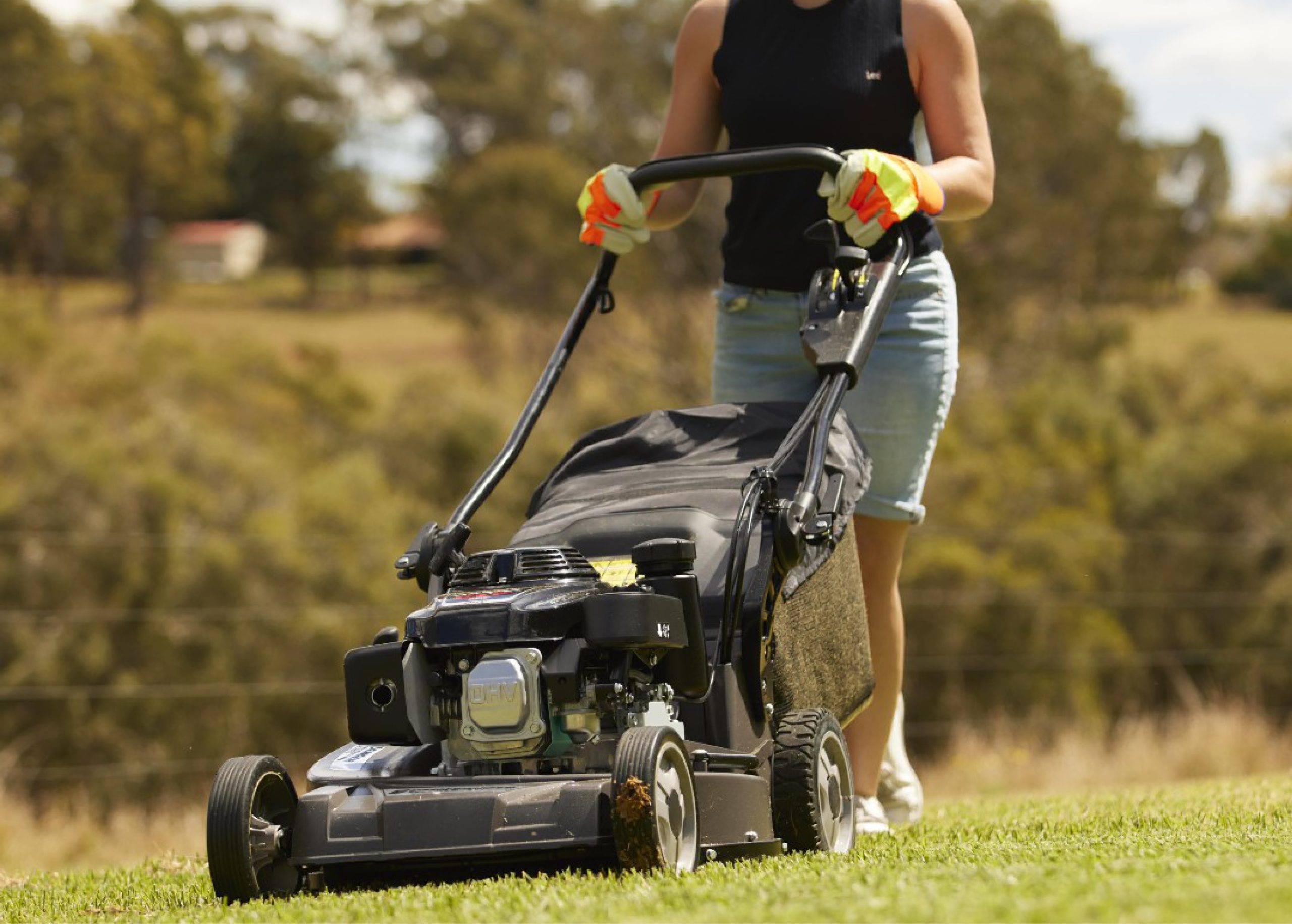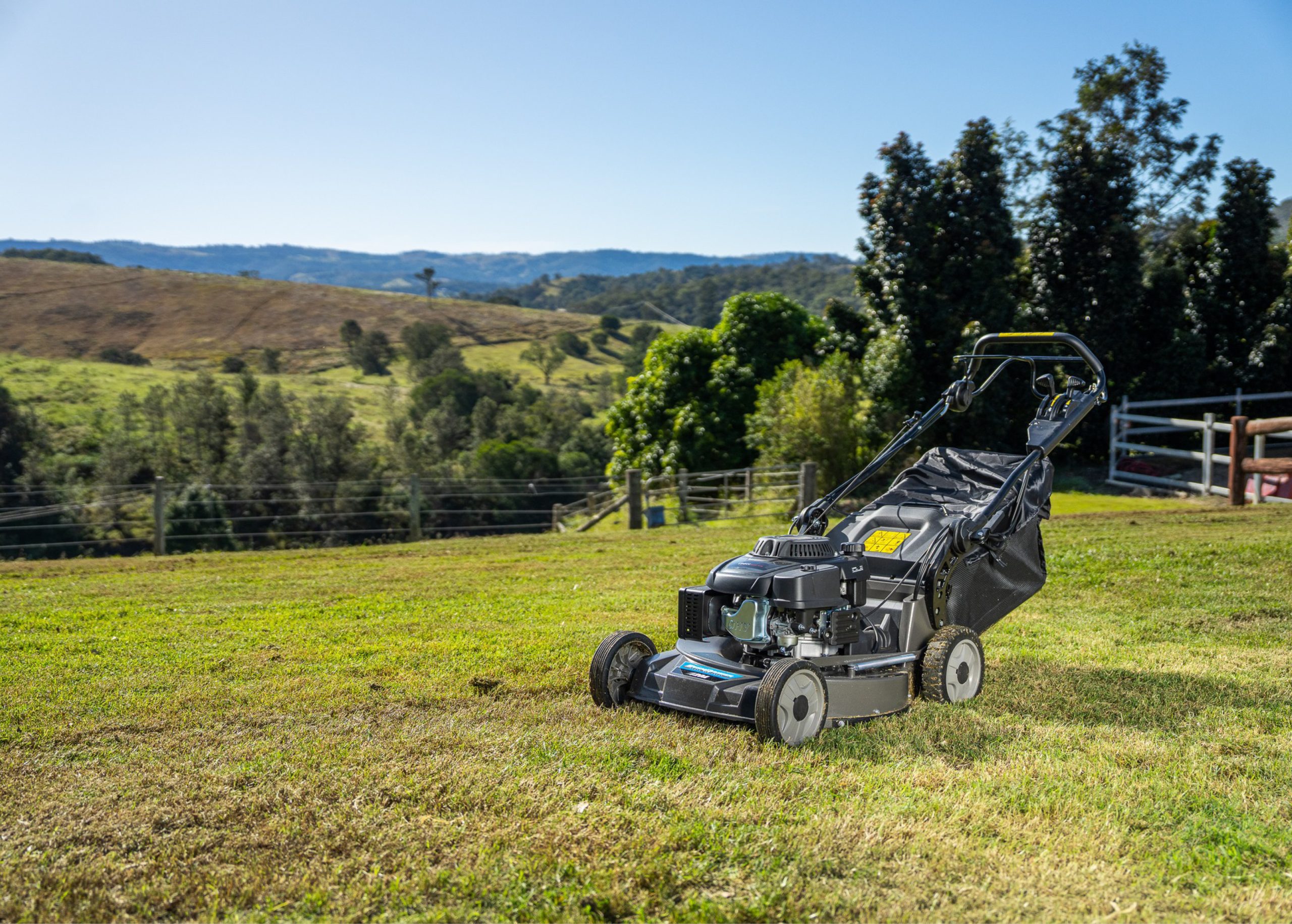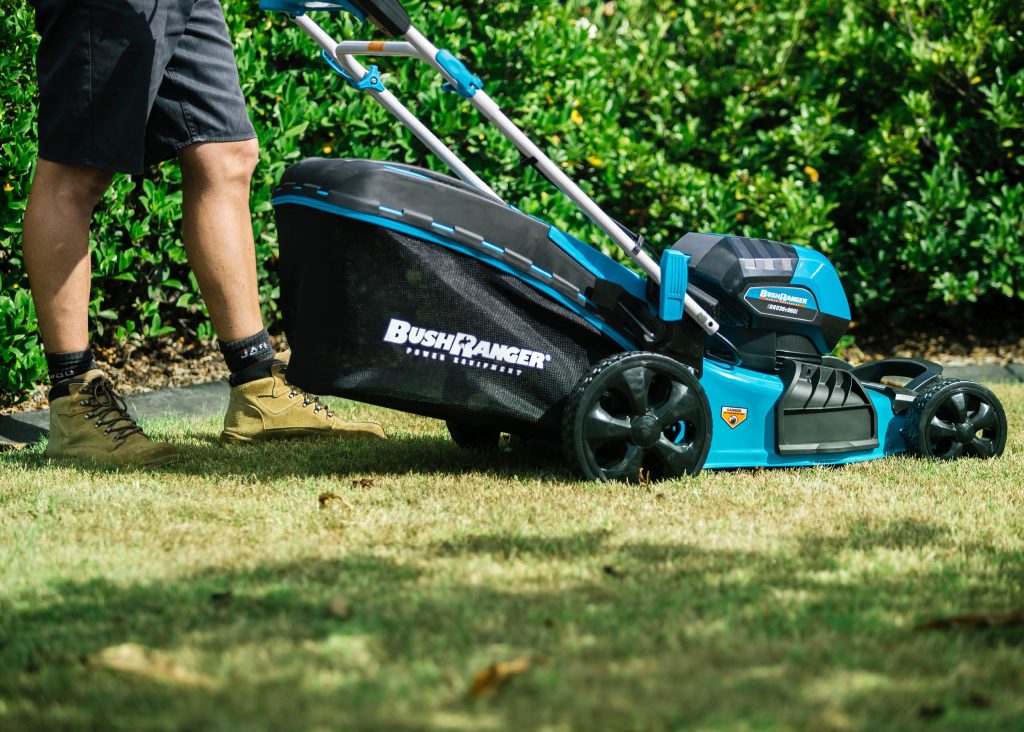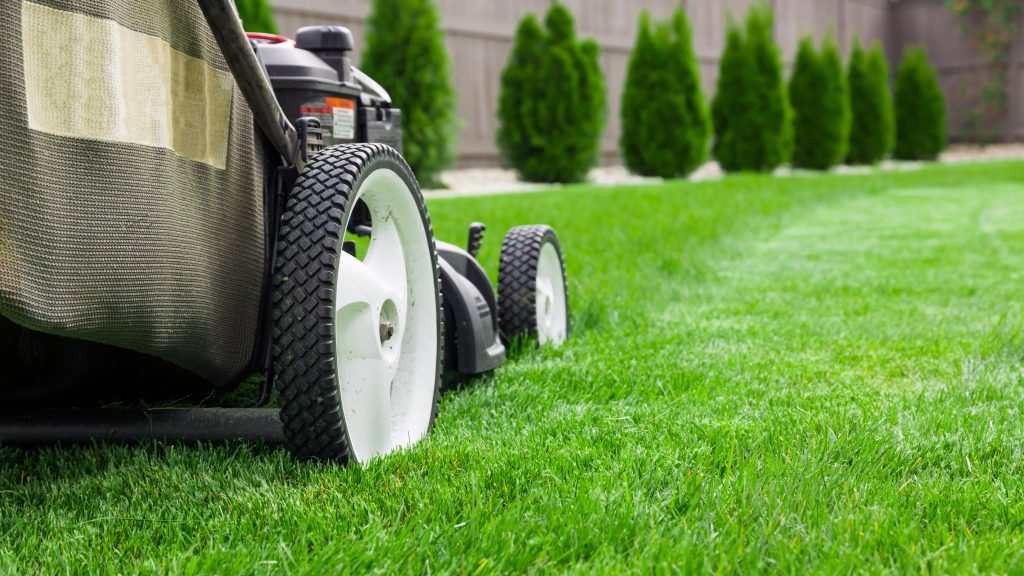Can a Lawn Mower Spread Fungus?
A beautiful green lawn is a natural invitation to relax, play and spend time outdoors. However, ensuring your lawn stays healthy requires effort and a lawn care routine, ...

 Lawn mowers are essential tools for keeping your lawn looking tidy and well-manicured.
Lawn mowers are essential tools for keeping your lawn looking tidy and well-manicured.
Regular mowing also helps keep grass healthy by removing damaged or diseased grass and encouraging new growth to take its place, reducing the risk of pest and fungal outbreaks.
But deciding which lawn mower to buy can be difficult because there’s so many to choose.
In this article, we’ve broken down the pros and cons of self-propelled mowers, the features to look out for and highlighted some important considerations when shopping for a new mower.
 As the name suggests, self-propelled lawn mowers move under their own steam with you guiding them in the right direction.
As the name suggests, self-propelled lawn mowers move under their own steam with you guiding them in the right direction.
Most are rotary mowers, which have one or more spinning blades under the cutting deck that cut the grass.
They are powered by engines running on two or four stroke petrol, or you can choose corded or battery electric models.
Self-propelled lawn mowers are suited for relatively level yards up to 1000 square metres (or the old quarter acre block) in size.
If your lawn area is bigger than 1000 square metres, or you get fatigued when mowing, you might prefer a ride-on mower.
Self-propelled lawn mowers have several advantages over push mowers which rely on you to move them around your lawn.
Advantages of self-propelled lawn mowers:
However, self-propelled lawn mowers also have some disadvantages:
When shopping for a self-propelled lawn mower, there are several features you may want to consider:
If you’re not sure a self-propelled mower is what you need, take a look at our complete Lawn Mower Buyers Guide here.
 Most mowers can be fitted with a catcher that collects lawn clippings to make it easier to put them in a compost bin or trailer for disposal at the dump.
Most mowers can be fitted with a catcher that collects lawn clippings to make it easier to put them in a compost bin or trailer for disposal at the dump.
Catchers and bags can be fitted to the side or rear of your mower, but rear mounted catchers are easier to manoeuvre into corners and around obstacles in the yard.
If you prefer to leave your clippings on the lawn, look for a mulching mower, which has blades that cut the grass into very small pieces before spitting it back out. This is best used on finer grasses, such as Zoysia or Couch.
Not sure whether to leave grass clippings on your lawn? Read this article
 Whatever type of mower you choose, ensure it performs at its best by following the manufacturer’s operating instructions.
Whatever type of mower you choose, ensure it performs at its best by following the manufacturer’s operating instructions.
Always wear protective boots and safety glasses when mowing and never touch the blades or engine parts while a mower is running.
Regular maintenance will ensure your mower lasts longer and keeps your lawn looking amazing.
You can read our guide to lawn mower maintenance and troubleshooting here.
The general rule of thumb for mowing your lawn is to cut only one third of the leaf each time, and adjust cutting height to the seasons.
During summer, when your lawn will be growing at its fastest, you can cut a little closer to the ground. Try to avoid scalping which puts your lawn under stress and can make it prone to disease, weed or pest outbreaks.
In winter, your lawn should be allowed to grow a little taller to provide insulation against the cold for the roots.
Optimum height and mowing intervals differ between grass types and whether they’re exposed to sun or shade. There’s a guide to the best mowing heights for Buffalo, Zoysia, Kikuyu and Couch lawns here.